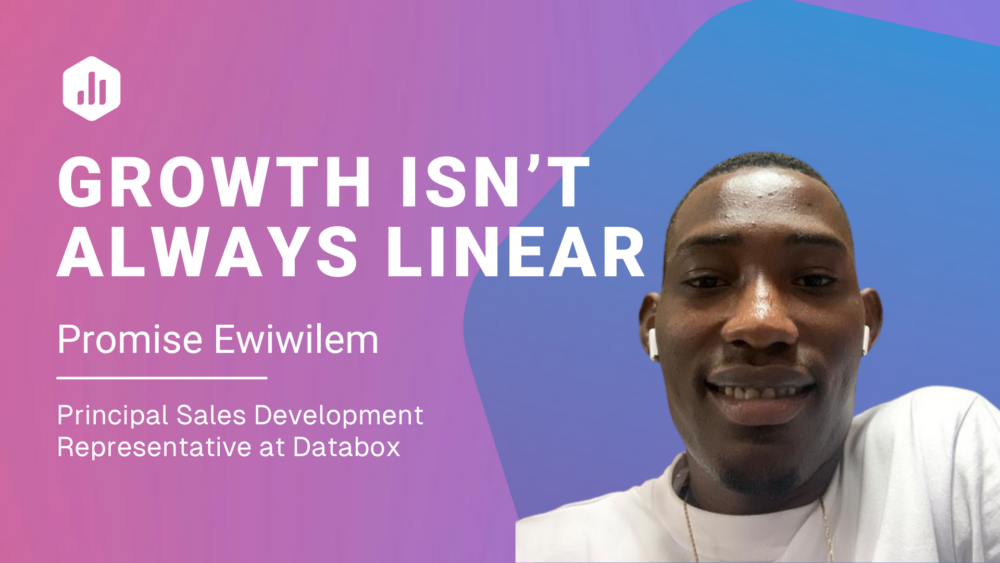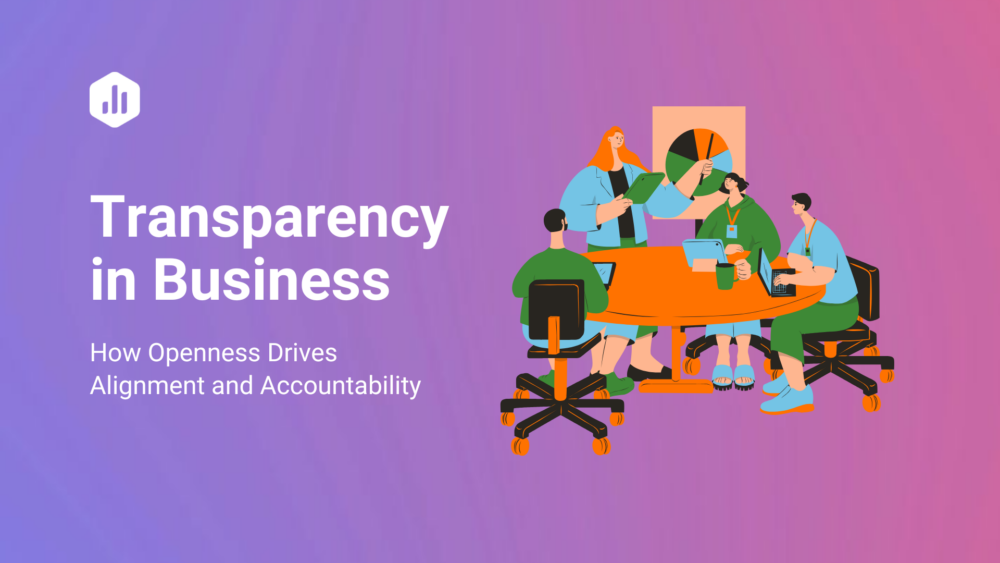Table of contents
Taking a career leap and applying for a new job can be exciting and frightening at the same time. Have you done it recently? With our team growing rapidly (we’ve doubled our headcount in the past year!), we may offer some insight into that topic, so here is some insider info on how we handle hiring at Databox.
We’ve noticed candidates have recently started paying more attention to the value that a position brings instead of focusing solely on the responsibilities and tasks they would be performing. And that makes us happy because our perspective is similar: we are not here to simply do a job but to build an exciting work community.

With that being said, values fit is high on our list of priorities when looking for new members, and considering the feedback that we get from our team, we seem to be making matches made in heaven.
“100% of Glassdoor reviewers would recommend Databox to a friend and our average score is an impressive 5.0.”
Not much more to add here, I guess.
The hiring process
Our hiring process typically has 6 stages, and we try to stick to it whether we hire remotely or on-site.

1 Application
This is all you. If you find a position that matches your experience and interest (learn more about our open positions here), apply by submitting your CV and a short cover letter describing why you would like to join our team. What we value most is candidates that identify with our principles and values, so we recommend candidates to do some light reading on what we believe, care about, and work towards. Matching our people with our culture makes our work environment pleasant, inviting, and, most importantly, more productive.
2 Initial Call
If we think you’re a good fit, our HR manager reaches out to schedule a brief call to ensure the role makes sense for you. Besides your technical skills, we are looking for team players that can easily fit into our company culture, have a hunger for challenges and progress, are willing to work within and across teams, are proactive and comfortable stepping out of their comfort zone.
3 Assignment
If we feel we would be a good match, we send you a challenge assignment that’s unique to each role to help us better understand how you come up with solutions to problems that are typical of the ones we encounter every day. What we look for is the ability to think outside the box, attention to detail, and creative thinking.
4 Interviews
Time to get personal. After the assignment, we usually connect you with a few team members, including executives, to speak with you. That gives us a chance to:
- learn more about your skills and experiences by having each interviewer focus on a different aspect of your assets,
- give you an idea of who you will be working with and a chance to meet some of our inspiring Playmakers, and
- share our culture and allow you to see what it’s like to work at Databox.
Tips?
You may be wondering how you can prepare for an interview.
Try to find out as much as possible about our culture and the way we work to see if we would be a good match. If you have an updated Linkedin or Github profile, we’d love to see it. Other than that, we hope to get to know you, your passions, hobbies, skills, and other assets you might find helpful for the role you applied for. Just be yourself, as cliché as it sounds.
Our lead recruiter Rebeka on how we determine a good fit:

5/ Job offer
Things are getting exciting. Once we both agree that we’re a great match, we send you an offer letter to join the Databox team. This usually includes all of the relevant information about your contract, position, compensation, benefits, and other relevant information.
6/ Signing a contract
After accepting our offer, we prepare all the documents for you to sign and set up a welcome package to get you onboarded smoothly. This is the time to celebrate. The main goal of our People Team is to give all new members a great onboarding experience and make them feel comfortable and accepted in our team.
You just got hired. What happens next?
The Databox onboarding process lasts for 90 days and begins before the start day, and lasts way longer than the initial orientation on the new hire’s first day.
We want to ensure all new hires are well-equipped, engaged, and empowered when starting their new role. In the first week, our new team members go through the extensive company and department onboarding, functional meeting where they get a detailed overview of the teams, and are assigned with Databox Buddy to help them with social bonding and answer the questions that might come up.
We believe in our product and use it daily, so we want new team members to know all the bells and whistles before getting under the hood of it. In the following weeks, each new team member goes through role-specific onboarding tasks to familiarise them with our product, our way of work, and our internal processes. The onboarding usually lasts between 1-3 months (depending on the role), during which the new team members receive mentorship and support from their colleagues and managers.
Has our hiring process changed with remote work?
When we think about the hiring process, we usually imagine going in for a face-to-face interview. Well, not recently. Remote work has increased in recent years, so it comes as no surprise that hiring has also moved online. Curious about how we do it?
Databox is a remote-friendly company, which means we have over 70% of all candidates working from their home offices or coworking spaces all across the world. You may wonder how that affects our hiring process. Well, it doesn’t. In fact, we’ve had our biggest growth spurt during the pandemic, when we only hired remotely and had a chance to perfect our processes. Our hiring and onboarding activities are designed in a way that they can be fully and effectively performed online. That means that in-office interviews are substituted with Zoom calls, and so far, we haven’t found any disadvantages to that.

The same applies to our onboarding. All activities and tasks are designed so that the team member can successfully perform them online while staying in touch with their manager for reviews and guidance. Our daily work leans heavily on project management tools and encourages inclusive communication that allows our remote members to stay engaged, motivated, and informed. With that being said, we rely on our team being willing to cooperate and take ownership of their work, so we can all move forward together.
What we believe makes Databox a great place to work
“Hiring is not just extending an offer, but finding mutual interests, passions, and drive that will better our existing team.”
That means we care a lot about who we add to our team and consider our hiring process to be a search for exceptional individuals. We found that to be the only way to create a pleasant and motivating work environment that encourages the growth of our people. But don’t take it from us. Check out what our team members have to say about working at Databox here.
“The hiring and onboarding process has shown me that Databox is indeed a great place to work, the seamlessness of the entire process was top notch and has not been matched by any company I know. The amount of knowledge exhibited by the various interviewers and the willingness to be open-minded and focused on asking key questions to test my abilities were amazing.”
Customer Support specialist @ Databox
We’ve been dropping hints all along, but let’s cut to the chase: we currently have several open positions and are looking to expand our team with ambitious individuals that share our mindset.
If you feel like you connected with our culture and would be a fit for one of our open positions, we encourage you to apply. See our open roles here.













